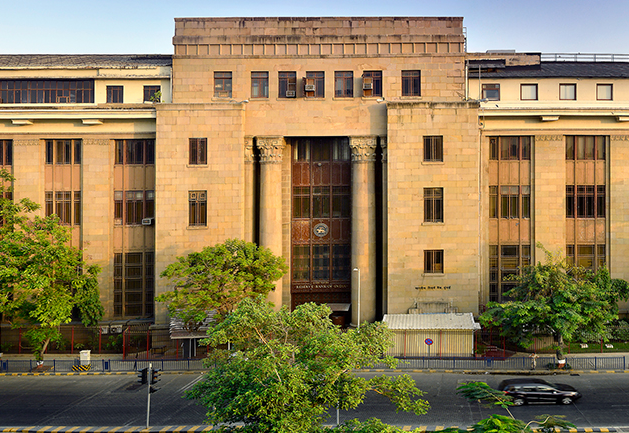
A history of RBI’s infrastructure
The Indian banking system has developed over time since India’s independence. Established in the early 20th century, The Reserve Bank of India was established under the Reserve Bank of India Act in 1934.
Granted on a statutory basis, the bank officially commenced operations on April 1, 1935. The Bank began its operations by taking over control from the Government of India.
The centralisation of the banking system also embarked on three main objectives as their primary goal:
- Regulate the issue of banknotes
- Maintain reserves to secure monetary stability and
- To operate the credit and currency system of the country to its advantage.
These functions were earlier being performed by the Controller of Currency and the Imperial Bank of India, who managed the Government accounts and public debt.
The Reserve Bank of India was originally set up as a shareholder’s bank and was nationalised in 1949.
The Bank was also instrumental in institutional development by setting up institutions like the Deposit Insurance and Credit Guarantee Corporation of India (DICGC), the Unit Trust of India (UTI), the Industrial Development Bank of India (IDBI), the National Bank of Agriculture and Rural Development (NABARD), the Discount and Finance House of India (DFHI) among others to build the financial infrastructure of the country.
Being an important architectural marvel in terms of construction, design and its integral role in the history of the nation’s financial infrastructure, the RBI commissioned the Shapoorji Pallonji group to handle the construction of its new building.
While this project was commissioned at a challenging time of budget cuts, the structure serves of prime importance to the core monetary prowess of the nation.

Having previously constructed the RBI old building in Mumbai in 1939, the group had established their reputation for handling large-scale projects of imminent importance with finesse, irrespective of the magnitude and scale of the project.
Thus the new RBI building stands true to the Shapoorji Group values and serves as a structure of pivotal importance safeguarding the nation’s finances since 1980.